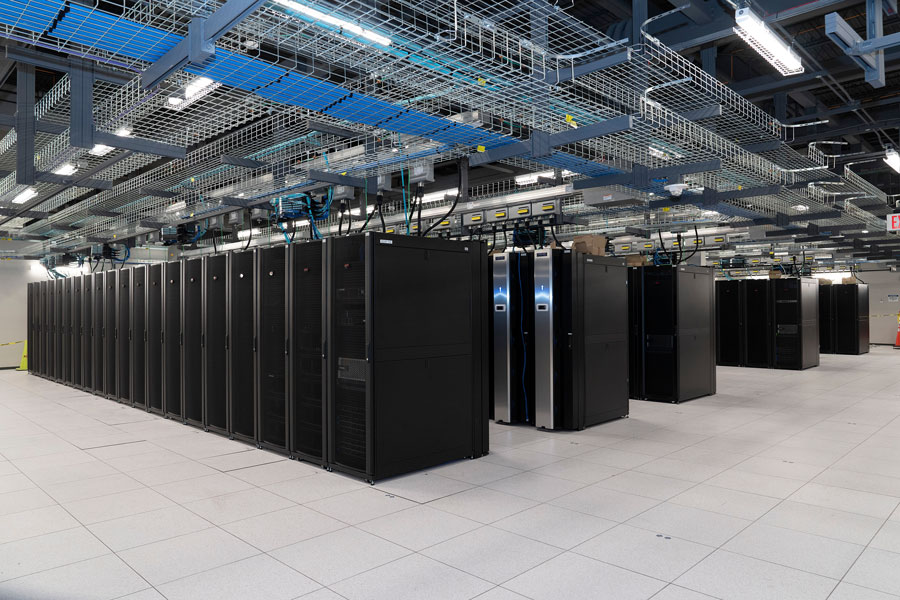Brookhaven National Laboratory

Brookhaven National Laboratory (BNL), located in Upton, New York, within the Town of Brookhaven, is one of the premier scientific research institutions in the United States. Operated by Brookhaven Science Associates for the U.S. Department of Energy, the lab is dedicated to groundbreaking research in physics, chemistry, biology, energy science, and national security.
Since its establishment in 1947 on the site of the former Camp Upton Army base, BNL has grown into a hub of innovation, attracting scientists from around the world. The facility is home to several large-scale instruments, including particle accelerators, reactors, and light sources, many of which are unique on a national or global scale.
History
Brookhaven National Laboratory was created in the aftermath of World War II, during a period when scientific collaboration and advanced research were recognized as vital to both economic growth and national defense. Funded by the Atomic Energy Commission (now the Department of Energy), the lab quickly became a leader in nuclear and high-energy physics.
Over the decades, Brookhaven scientists have contributed to numerous Nobel Prize–winning discoveries, particularly in particle physics and medical imaging. The lab continues to evolve, with research expanding into climate science, nanotechnology, clean energy, and computational studies.
Research and Facilities
Some of BNL’s most notable facilities include:
- Relativistic Heavy Ion Collider (RHIC) – A particle accelerator used to study the fundamental forces of matter.
- National Synchrotron Light Source II (NSLS-II) – One of the world’s most advanced synchrotron facilities, enabling cutting-edge research in materials science and medicine.
- Center for Functional Nanomaterials (CFN) – A hub for nanoscience innovation, exploring how materials behave at the atomic scale.
- Medical Isotope Research – Development of isotopes used in cancer treatment and diagnostic imaging.
BNL’s collaborative work with universities, hospitals, and private industry ensures that discoveries move beyond the lab into real-world applications.
Visiting Brookhaven National Laboratory
Brookhaven National Laboratory is not a traditional tourist destination, but it does offer public outreach programs, educational events, and open house days where visitors can tour facilities, meet scientists, and learn about ongoing research. Schools and universities frequently partner with BNL for STEM education, making it a vital resource for the next generation of scientists.
While security is understandably strict, the lab maintains a commitment to public engagement, ensuring that Long Island residents and visitors can appreciate its contributions to science and technology.
Impact on Long Island
BNL is one of Suffolk County’s largest employers, supporting thousands of jobs in science, engineering, and technical services. Its presence has helped position Long Island as a leader in advanced research, while also stimulating the local economy through contracts, construction, and collaboration.
Beyond economics, the lab plays an important role in addressing global challenges, from renewable energy and medical breakthroughs to climate research, making Brookhaven an institution with both local and worldwide significance.
Snapshot QuickFacts
| Category | Details |
|---|---|
| Founded | 1947 |
| Location | Upton, Brookhaven, Suffolk County, NY |
| Operated By | Brookhaven Science Associates for the U.S. Department of Energy |
| Employees | ~3,000 (plus visiting scientists) |
| Major Facilities | RHIC, NSLS-II, CFN |
| Annual Visitors | Thousands (educational and open house programs) |
| Notable Discoveries | Contributions to Nobel Prize–winning research in physics and medicine |
Brookhaven National Laboratory is far more than a research campus, it is a cornerstone of scientific discovery on Long Island. Its work has advanced human understanding in areas as diverse as particle physics, medicine, energy, and environmental science. For Brookhaven Town and beyond, the lab represents not only an engine of innovation and employment but also a source of pride as one of the world’s most respected centers of research.

